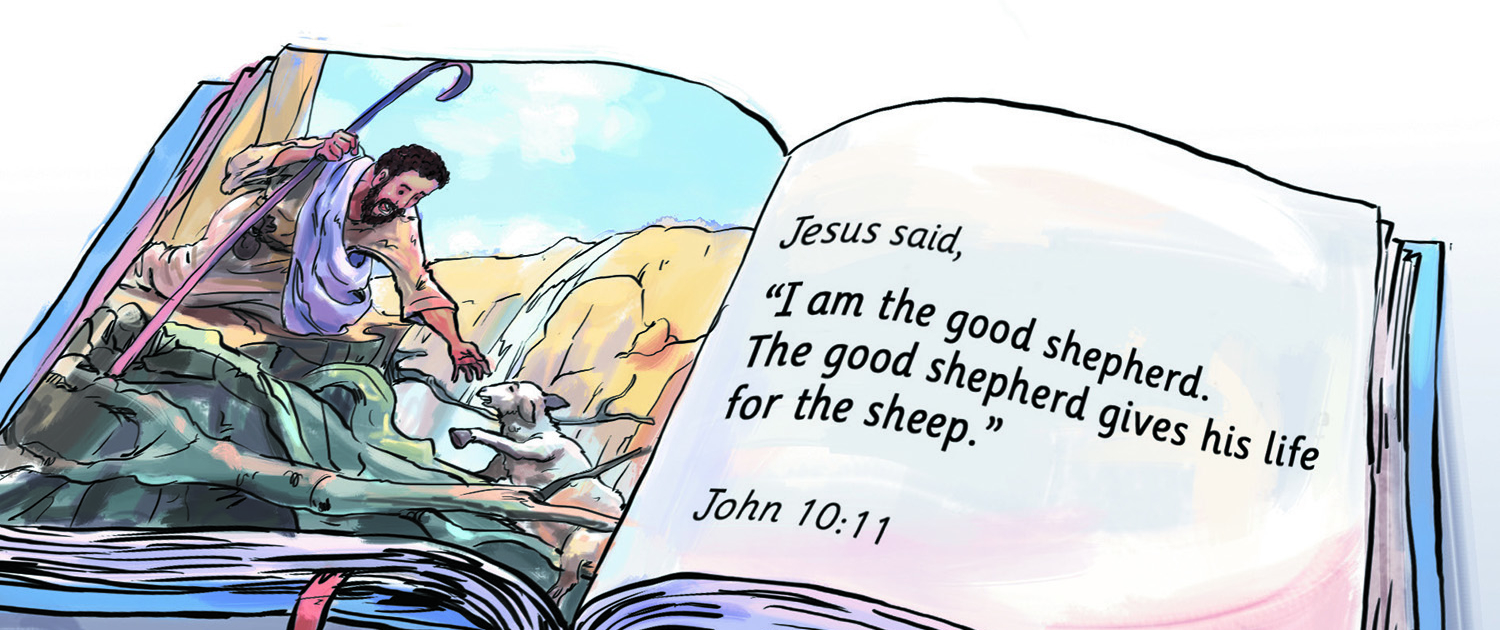

Tracing out the first line, Quispel was startled, then incredulous, to read: “These are the secret words which the living Jesus spoke, and which the twin, Judas Thomas, wrote down.” Quispel knew that his colleague H.C. Arriving in Cairo, he went at once to the Coptic Museum, borrowed photographs of some of the texts, and hurried back to his hotel to decipher them. But discovering, when he succeeded, that some pages were missing, he flew to Egypt in the spring of 1955 to try to find them in the Coptic Museum. Excited by the discovery, Quispel urged the Jung Foundation in Zurich to buy the codex. Word of this codex soon reached Professor Gilles Quispel, distinguished historian of religion at Utrecht, in the Netherlands. But a large part of the thirteenth codex, containing five extraordinary texts, was smuggled out of Egypt and offered for sale in America. Through circumstances of high drama, as we shall see, they bought one and confiscated ten and a half of the thirteen leather-bound books, called codices, and deposited them in the Coptic Museum in Cairo. Sold on the black market through antiquities dealers in Cairo, the manuscripts soon attracted the attention of officials of the Egyptian government. Having received one from al-Qummus Basiliyus, Raghib sent it to a friend in Cairo to find out its worth. During the time that Muhammad ‘Alí and his brothers were being interrogated for murder, Raghib, a local history teacher, had seen one of the books, and suspected that it had value.

ripped out his heart, and devoured it among them, as the ultimate act of blood revenge.”įearing that the police investigating the murder would search his house and discover the books, Muhammad ‘Alí asked the priest, al-Qummus Basiliyus Abd al-Masih, to keep one or more for him. Their mother had warned her sons to keep their mattocks sharp: when they learned that their father’s enemy was nearby, the brothers seized the opportunity, “hacked off his limbs. Muhammad’s mother, ‘Umm-Ahmad, admits that she burned much of the papyrus in the oven along with the straw she used to kindle the fire.Ī few weeks later, as Muhammad ‘Alí tells it, he and his brothers avenged their father’s death by murdering Ahmed Isma’il. Returning to his home in al-Qasr, Muhammad ‘All dumped the books and loose papyrus leaves on the straw piled on the ground next to the oven. But realizing that it might also contain gold, he raised his mattock, smashed the jar, and discovered inside thirteen papyrus books, bound in leather. Muhammad ‘Alí hesitated to break the jar, considering that a jinn, or spirit, might live inside. Digging around a massive boulder, they hit a red earthenware jar, almost a meter high.

Shortly before he and his brothers avenged their father’s murder in a blood feud, they had saddled their camels and gone out to the Jabal to dig for sabakh, a soft soil they used to fertilize their crops. Thirty years later the discoverer himself, Muhammad ‘Alí al-Sammán told what happened. Originally natural, some of these caves were cut and painted and used as grave sites as early as the sixth dynasty, some 4,300 years ago. One rumor held that he was a blood avenger another, that he had made the find near the town of Naj ‘Hammádì at the Jabal al-Tárif, a mountain honeycombed with more than 150 caves. For years even the identity of the discoverer remained unknown. Rumors obscured the circumstances of this find–perhaps because the discovery was accidental, and its sale on the black market illegal. In December 1945 an Arab peasant made an astonishing archeological discovery in Upper Egypt. Scholar Elaine Pagels explores these documents and their implications. The Gnostic Gospels: The 52 texts discovered in Nag Hammadi, Egypt include ‘secret’ gospels poems and myths attributing to Jesus sayings and beliefs which are very different from the New Testament.


 0 kommentar(er)
0 kommentar(er)
